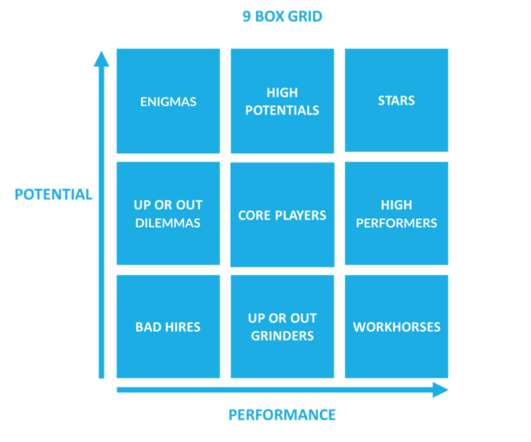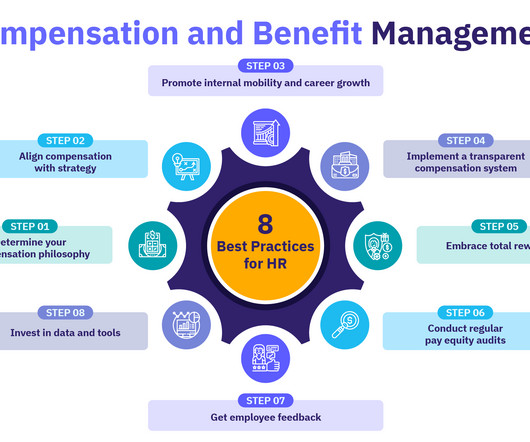HR pros drawn to good data analytics and training platforms
HR Brew
JULY 8, 2024
In this rapidly changing macro environment, having access to real-time and reliable data for scenario planning is a game-changer in visualizing impacts of various metrics on future headcount, cost, etcetera. Caroline O’Brien , HR manager, Steele Solutions Economic [Research] Institute’s (ERI) compensation assessor. We’re thrilled!























































Let's personalize your content